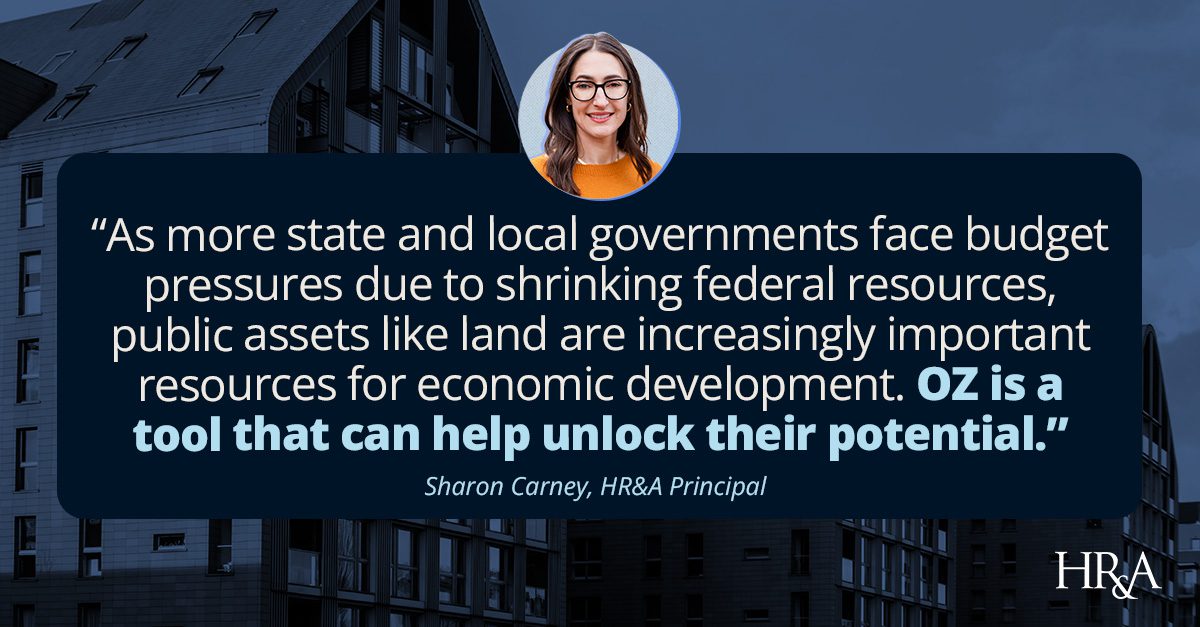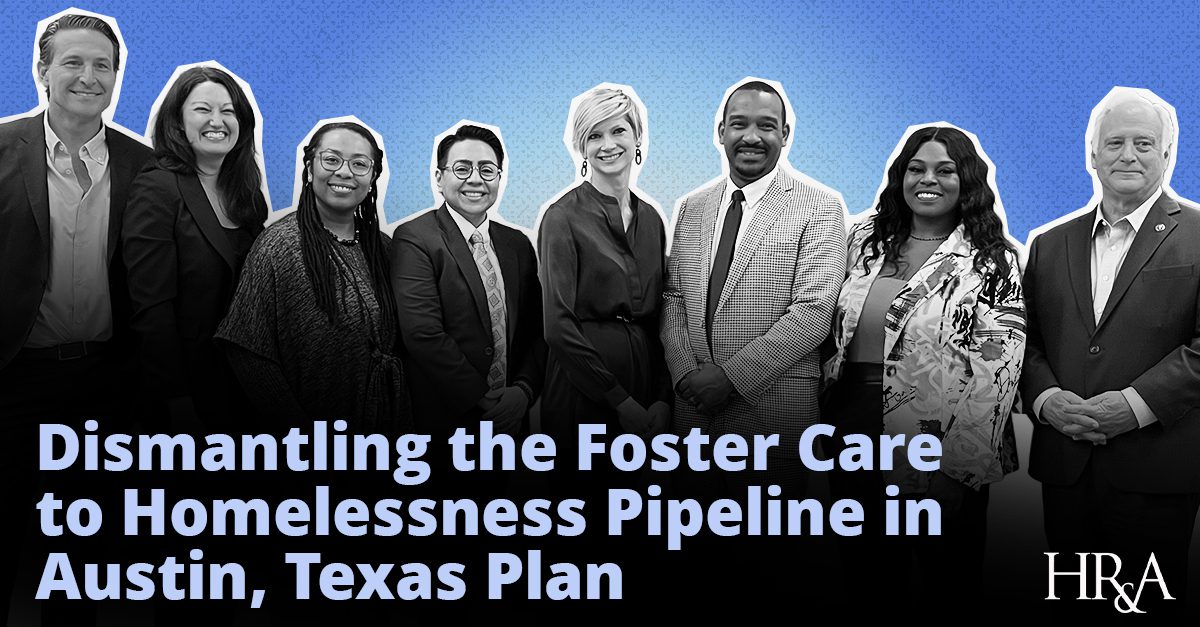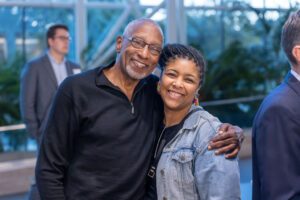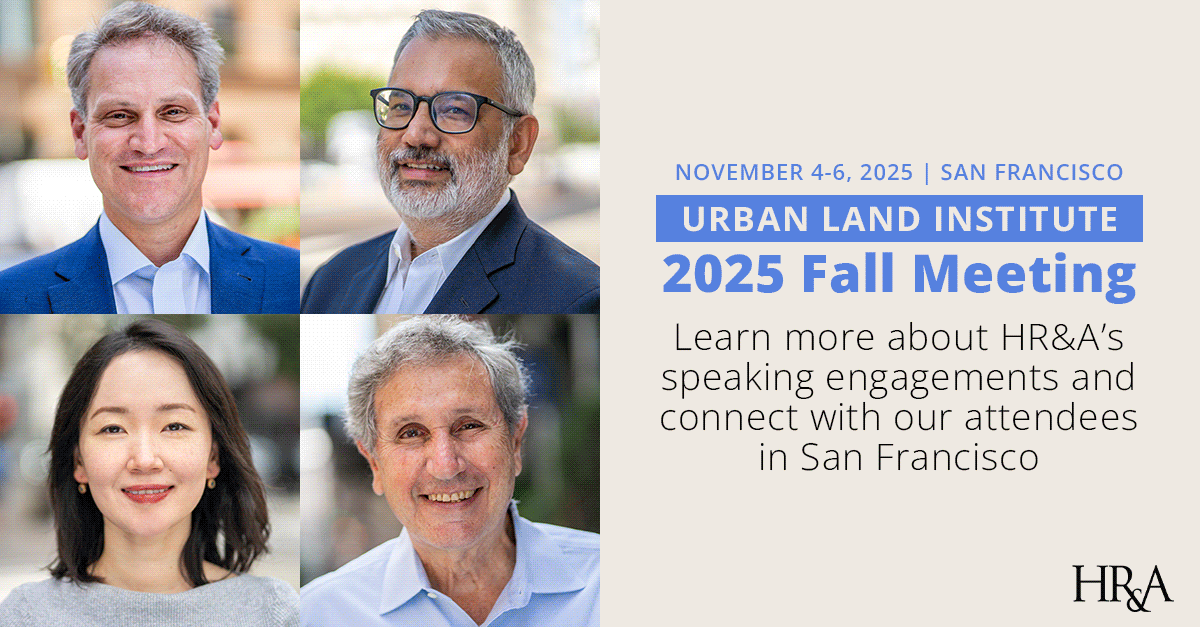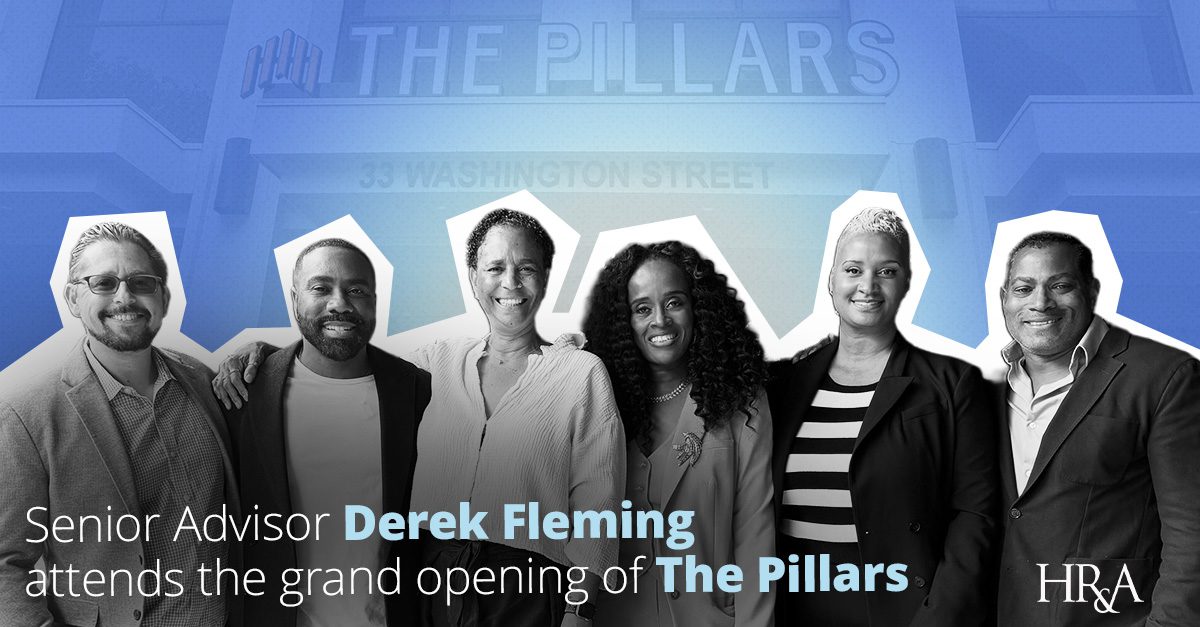The federal Opportunity Zones (OZ) incentive, first established in 2017 as part of the Tax Cut and Jobs Act, was extended and revised in The One Big Beautiful Bill Act in 2025. As a result, next year, governors will nominate the next round of census tracts that will be eligible to receive OZ investment, shaping where private capital can flow for the following decade. Many of these governors will seek input from local officials. As states and local government consider which census tracts to nominate as Opportunity Zones, they should keep several factors in mind.
First, understand what this tool is, and what it isn’t.
-
- It’s a by-right tax incentive, not a community development program. At its most basic, OZ is a tax incentive for investors with capital gains to invest in places with low household income or high poverty. Those investments can support qualifying real estate projects or operating businesses, but to get the tax benefit, there is no requirement that investments yield community benefits, such as new amenities or housing that existing residents can afford, or for investors to seek approval from state or local governments. In short – OZ is a tool, and the user have a lot of discretion about how to use it. While data on OZ investments made to date are limited, we can infer from recent Urban Institute research that these investments are largely producing multifamily rental housing and mixed-use real estate projects.
- It’s competitive. The incentive gives investors tax relief on profits they have already made, as well as profits that they make via their OZ investment. Thus, profit-oriented investors will seek opportunities to maximize their earnings when choosing where to make their OZ investment. While some taxpayers with capital gains are mission-driven or socially conscious, the majority favor projects in places well positioned to appreciate in value with the least risk. In short, just because a place needs investment does not mean that an OZ designation will be powerful enough to attract those resources, as investors have options across the country to consider.
So… how should States prioritize census tract nominations?
-
Balance need and opportunity. First, review socioeconomic and market data, plans that articulate local development priorities, and zoning to determine whether there is a need for the incentive and enough opportunity to use it. For example, does the area need what this tool typically delivers (mixed-use real estate market-rate or workforce housing), and does current local zoning allow it? A census tract zoned for single family and parks will likely provide limited potential for incentive utilization. Do projects that need equity investment in the area need help securing capital? Data review should go beyond baseline socioeconomic indicators; consider real estate absorption and what’s already in the development pipeline, underutilized parcels, share of households facing rent burdens, and availability of existing incentives at tract level.
Local stakeholder input is also key — not just local government, but community development organizations, neighborhood representatives, locally active developers and landowners, and potential project sponsors. These perspectives can inform the questions about both need and opportunities.
This post from the District of Columbia, where I led local implementation of Opportunity Zones 1.0, provides some examples of how to approach new designations. While this approach anticipated that OZs would be more useful than they turned out to be for operating businesses, many of the principles described still apply. (Check out the 43-minute mark of this recent webinar from Economic Innovation Group if you prefer description by video, along with other great nomination advice.)Identify opportunities to advance public economic development projects. As more state and local governments face budget pressures due to the shifting federal funding landscape, public assets like land are increasingly important resources for economic development. OZ is a tool that can help unlock their potential. If I was a governor (or mayor for that matter) I would want to know the redevelopment potential of every parcel in my portfolio, alongside that of other parcels owned by public entities. The OZ incentive is a good opportunity to advance public-private partnerships, as projects involving donated public land can provide attractive opportunities for appreciation while enabling government leaders to ensure community benefits and transparency – particularly when paired with other local, state or federal incentives. Take stock of your project pipeline, but also parcels that could be in the pipeline in the next 5-10 years, now that the OZ incentive is permanent. HR&A has helped states, local governments, transit agencies, school districts and other public landowners across the country develop comprehensive asset inventories, evaluate parcels for buildability, and develop transaction and financing strategies that yield new affordable homes, community-serving amenities and tax revenue-generating uses.
Create a policy environment that supports investment without displacement. One of the most important things states can do in anticipation of the OZ nomination process is cultivate a policy environment in which development is informed by and benefits local communities — regardless of whether OZ capital is involved. Many policy experts and practitioners [fairly] criticize the OZ policy for its lack of community benefit requirements and transparency, and its potential to spur displacement. Many of these concerns can be applicable to private development more generally, and state/local governments have tools to mitigate such risks. For example:
-
-
- Inclusionary zoning policies can ensure that homes for people earning lower incomes are included in private developments;
- Right-of-first-refusal and opportunity to purchase policies can give mission-driven entities opportunities to purchase before properties become available to the wider market;
- Property tax relief can protect income-restricted homeowners, tenants or commercial tenants from increasing property taxes;
- Updates to comprehensive/master plans — which guide all development — should require community engagement and happen at least every 10 years in most cases;
- Development approval processes can incorporate publicized opportunities for local resident input;
- Local government can build a culture of data-driven and regular outreach and communication to raise awareness of available resources to residents who may be most vulnerable to changes resulting from investment.
-
Every community is unique and will need to weigh what is legally feasible and what the market will sustain. But every governor should be asking municipalities how development in their jurisdiction is informed by community priorities and consider State action to require it — including making such a strategy a requirement for Census tract nominations.
Don’t Miss the Opportunity
While OZ may not achieve every policy objective, it is the federal government’s most significant effort to direct capital to distressed areas, and state and local leaders shouldn’t skip the chance to think strategically about census tract nominations. Don’t miss the chance to refine this economic development tool for maximum local benefit..
This post describes ideas Sharon originally shared in Urban Institute’s Opportunity Zones webinar in October 2025. For the full panel discussion, please visit the site to learn more. -
